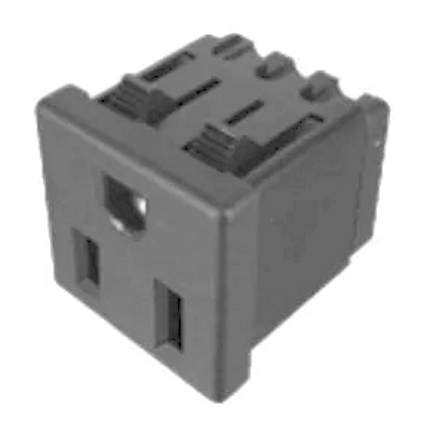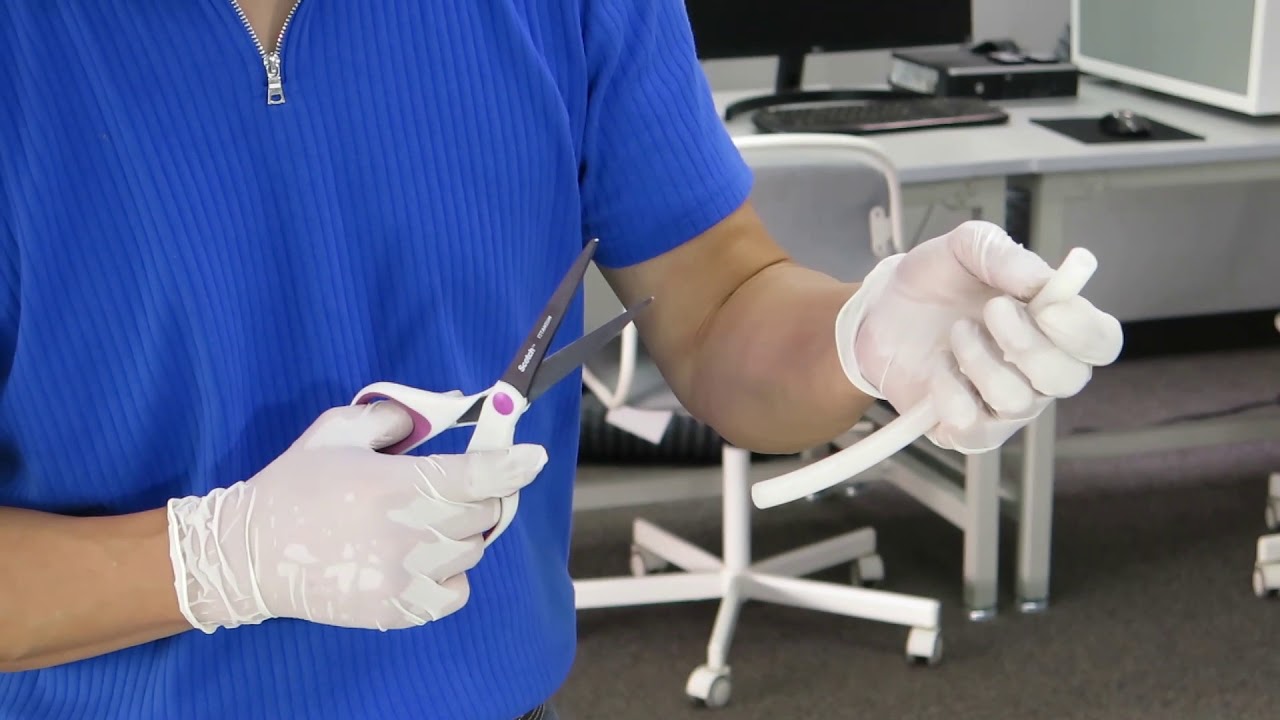Interlocks: Save your eyes from stray coherent light!
The laser compartment and main bed get watts of laser light. This can blind you instantly, even from a merely “shiny” reflection. This is the reason the FDA requires case interlocks to disable lasers when the case is opened. These interlocks must not be dependent on software for their function.
Some people are so fascinated by watching the laser burn things that they leave the lid open all the time. Mostly they get away with it. Do you want to take the chance that one day you’ll accidentally scar both corneas at the same time?
The K40 does not come with interlocks. It is irresponsible to operate it without first adding interlocks. @donkjr describes how to do this:
Electricity
Can I use electrical tape or wire nuts when replacing the tube?
![]() No.
No. ![]() This can kill you.
This can kill you. ![]()
The high voltage wire going from the Laser Power Supply to the laser tube is not normal wire. It has special insulation that can withstand 20,000V or more. You cannot connect it using normal connectors, and you cannot insulate it with electrical tape or normal insulated connectors like wire nuts or crimp connectors.
Do I need to use that Ground Plug on the Back of the K40?
Maybe – but you have real safety exposures if you have to use it.
If your AC mains electrical supply has three prongs, one of which is a “safety ground”, and the grounding inside the machine is either OK as it arrives or has been fixed, then no, you do not have to use the ground plug/socket on the back of the machine. Most of the industrialized world has electrical plugs that are this way.
You might be in a country or region that has electrical plugs that only have two prongs. In this case, there cannot be a safety ground wire in the AC cord, and you are exposed to electrical shocks by any electrical equipment, and by the K40 in general. In this case, you may have to use the ground plug on the back to connect your K40 case to an earth ground. See the discussion below.
If you determine that you must use the ground plug on the back for safety grounding, then you should make sure that the ground socket actually connects to the metal case by sanding the paint off the case where the ground plug/socket bolts into the case, much like the diagram for grounding below.
More On Electrical Safety
Grounding
Electrical grounding works by setting up a solid, continuous path to earth ground from all the user-touchable metal parts to a metal conductor buried in the ground. That way, any electrical leakage or short that “energizes” some metal part you can touch is “shorted” to ground. This usually pops a breaker or blows a fuse, but it prevents you from being electrocuted. Modern electrical codes require three (or more) prong electrical outlets, one contact of which is this earth safety ground. In most countries, using this third wire ground to ground your machine through the AC power cord is all you need to do, other than perhaps checking to see that your outlets themselves are correctly grounded.
Electrical Outlets and Inlets
The electrical outlets on the back of the K40 are in general not only useless, they’re a positive electrical danger. The wiring is often not well done and may come loose, and in most K40s they are two-wire outlets, so anything you do manage to plug into them cannot be grounded. That’s what that ground terminal on the back panel is probably for, maybe. However, that ground terminal is often insulated from the chassis by plastic washers and/or paint, making it misleadingly dangerous.
The picture below is how I reworked the ground lug inside my K40.
I (@keen) have professionally designed AC powered equipment since the mid 1970s, so electrical safety is near and dear to my heart. So are the legal implications of electrical safety. I must make this disclaimer: This is based on the advice I got from a real, no-fooling safety engineer that did safety inspections of industrial equipment for certification. That being said, I do not know if his advice is enough to ensure safety, and I can not and do not recommend that you use this for your machine. I merely present it for your consideration. If you do it this way it is at your own risk, and you take all responsibility for your safety doing it this way. I trust this for my safety, but you must decide on your own about your safety.
I hate disclaimers, but they’re necessary.
Along the same lines, including the same disclaimers, here’s how I solved the (in my opinion) unsafe wiring inside the box, in general.

New electrical outlets on back: If you plan to use the electrical outlets, they need replaced with three-wire outlets. I used Qualtek 739W-X2/32 that I bought from Mouser Electronics. They cost me US$1.28 each. They required me to cut and file a rectangular hole in the back of the K40 for each one. This has to be the correct size, so some skill in placing and filing the holes to the proper shape was needed.
Note that it’s handy to just not use them, and to use a multi-outlet power strip to turn on laser, fan and water pump all at the same time.
Replace the AC line cord entry with an IEC style entry module if yours did not come with one already. The “IEC style” modules are like the power cords and inlet on most PC style computers.
Rewire AC mains wiring to power supply or supplies.
Wire fixed electrical outlets.
Replace the two electrical outlets in the back of the box with proper snap-in or bolt-on outlets for your country’s electrical system.
Rewire the electrical grounds inside the box. Make a proper grounding stud. Properly crimp terminals for safety grounding the electrical outlets and power supply.
Cooling Water Ground
It’s really smarter to put a safety-grounded conductor into the cooling water. This way, leakage current that somehow manages to get into the water path is reduced to a safe potential by the grounding conductor.
I only bring this up because I have seen some forum posts from people who report slight electrical shocks when putting their hands in the cooling water. It would be a really ugly surprise to be electrocuted by touching the cooling water in the reservoir. Using non-conductive (i.e. distilled) cooling water makes such a shock less likely. A leak of the cooling water inside the enclosure can short to either the AC mains voltages or the 10kV to 20kV that the laser tube runs on. Either of these are bad news to the human body.

